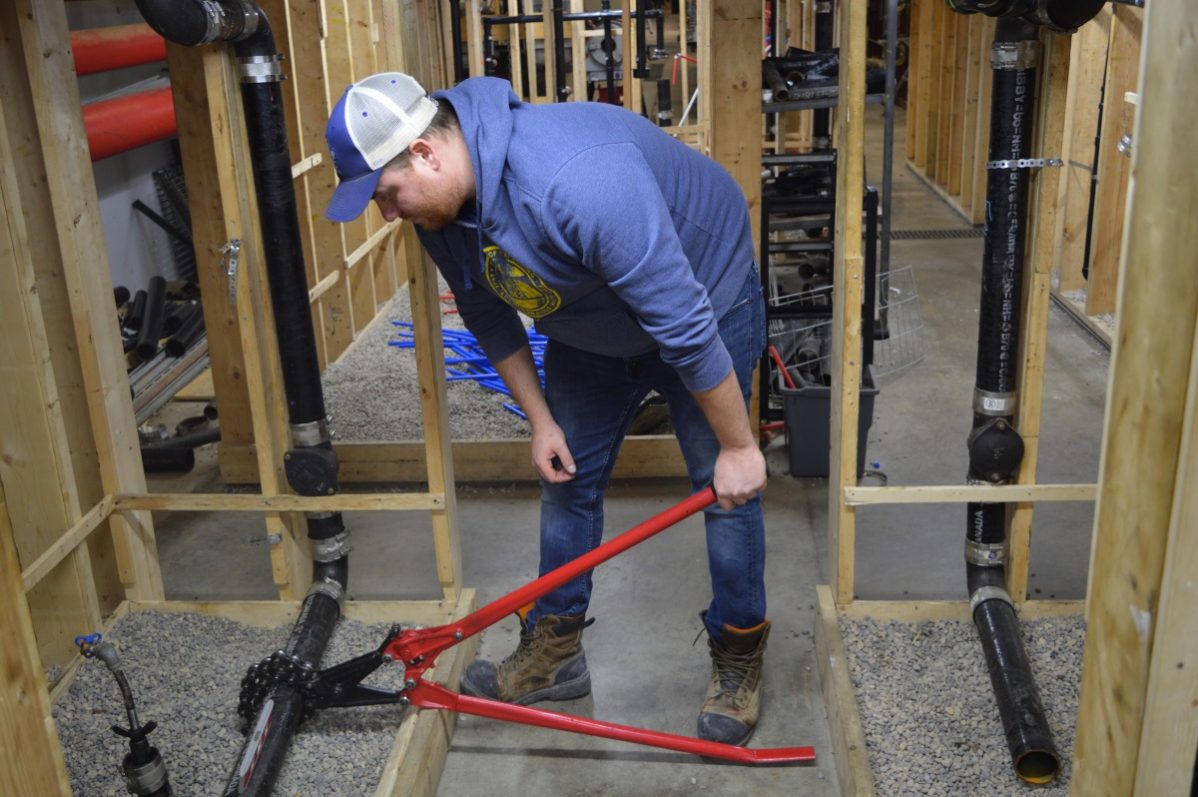Government asked to increase per diem by $10 over four years for apprenticeship students
Colleges and student groups are calling for more funding for practical work experience in post-secondary programs.
The College Student Alliance (CSA) proposed “simplifying and streamlining the application process” for work integrated learning (WIL), and also requested for “expanding and promoting wage subsidy programs for and small and medium-sized enterprises” in their submission for the 2019 Ontario budget.
WIL includes apprenticeships, co-ops, and internships.
Colleges Ontario’s proposal went into more detail, recommending a $40 million increase in the apprenticeship enhancement fund over the next four years.
This would “allow colleges to train the next generation of skilled trades-persons on state-of-the-art equipment that businesses need to build their competitive advantages.”
They also called for the government-paid apprentice per diem to increase by $2.50 a day, starting in 2019-20, and additional increases of $2.50 a day each year for three more years, until it reaches $73.09.
According to Merrilee Fullerton, minister of training, college, and universities, the government is looking into ways to modernize the apprenticeship system, making it more accessible for students.
Andrew Profiti, a student in his third level of the plumbing apprenticeship, said that this increase would “take a lot of stress out of just quite simply being able to pay rent and car insurance.”
George Brown College (GBC) currently offers 13 different apprenticeship training programs, ranging from child development practitioner to a sheet metal worker apprenticeship.
“We’re funded in a very different way than a post-secondary student is,” said Denise Devlin-Li, chair of the school of apprenticeship and skilled trades at GBC. “It doesn’t reflect, really, the cost of delivering a really high-quality program which the colleges do for the apprentices.”
Devlin-Li described construction trades as GBC’s “niche”, but said that there is “always the opportunity to increase apprenticeship programs here.”
According to Delvin-Li, there are two ways to begin an apprenticeship.
The first is to co-ordinate with an employer who offers apprenticeship programs, and then register a contract of apprenticeship through the ministry.
The other way is to enroll in an Accelerated Ontario Youth Apprenticeship Program, offered to high school students who can begin their training while they’re completing their high school diploma.
The Colleges Ontario submission called for the Ontario College Application Service (OCAS) to have an apprenticeship resource hub readily available online, in addition to a personalized digital registration system, a logbook and job-matching service.
These changes would simplify the application process for apprenticeship programs to be more like typical college programs.
Profiti took the T126 construction trade techniques program and then found a job through the plumbers union and began his apprenticeship.
Chris Glover, the Ontario NDP’s colleges and university critic, said part of the reason for this skills gap could stem from middle and high schools closing their shop classes.
Glover described these programs closing as “one of the most frustrating things I’ve witnessed.”
Glover said almost everyone in his family has worked in the skilled trades, including himself.
“There’s nothing more satisfying than, at the end of the day, being able to see what you built,” he said.


